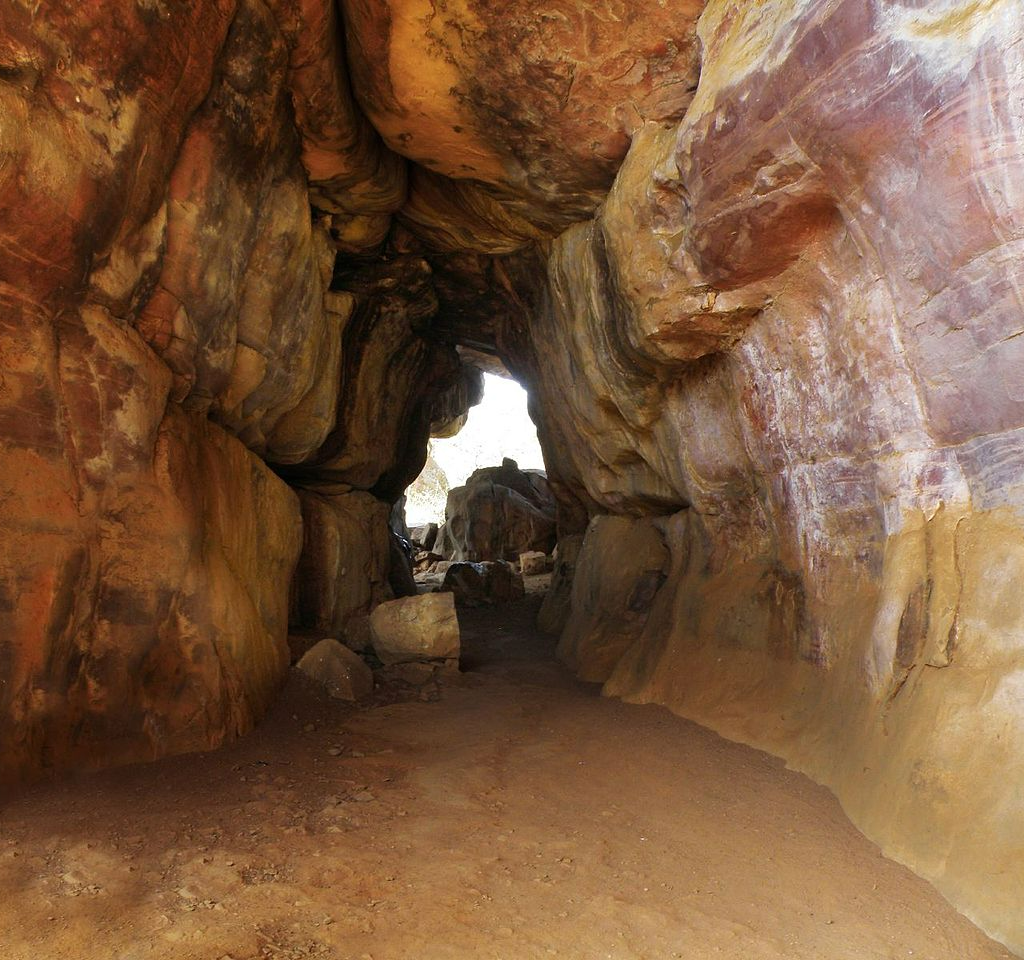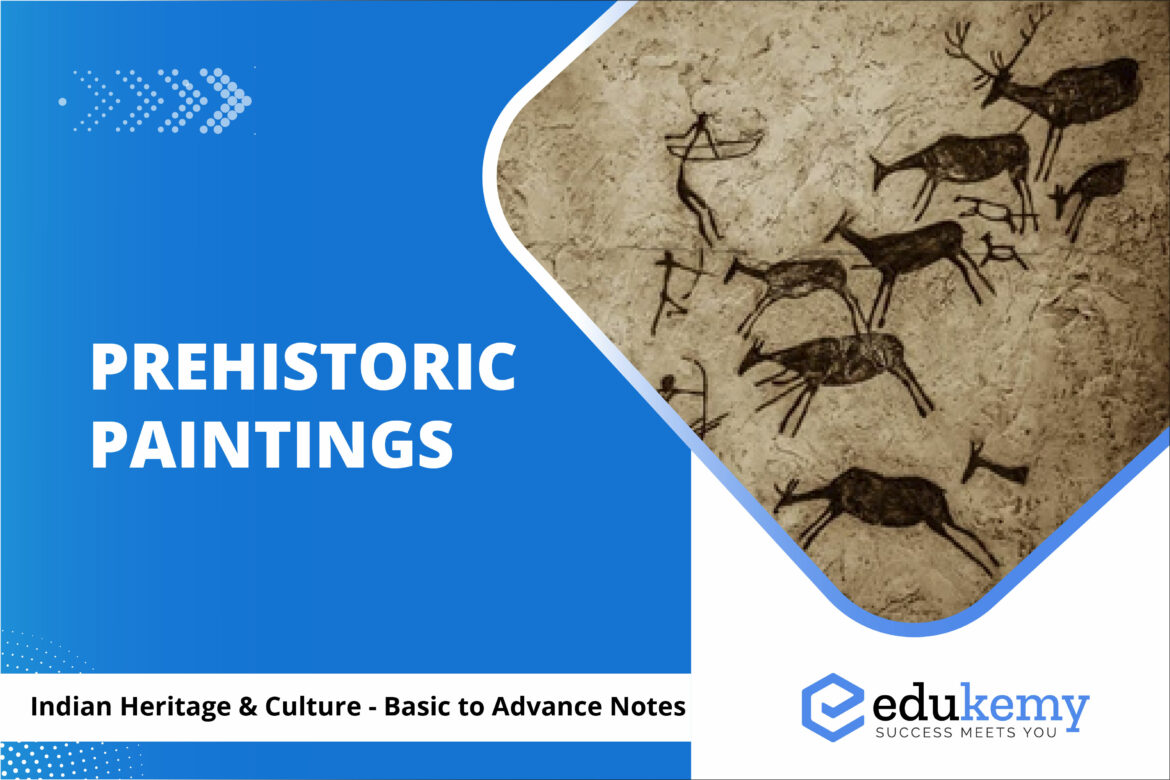
Pre-historic paintings offer a captivating glimpse into the artistic expressions of our ancient ancestors, shedding light on the early human cultures that existed long before written history. These artworks, dating back tens of thousands of years, were typically created on cave walls, rock surfaces, and other natural canvases using rudimentary tools and pigments derived from local materials like minerals, charcoal, and plant extracts. The subject matter of prehistoric paintings often revolved around hunting scenes, animals, and stylized human figures. Some of the most renowned examples include the magnificent cave paintings found in locations like Lascaux in France and Altamira in Spain, which reveal a remarkable level of skill and creativity even with limited resources.
The significance of prehistoric paintings lies not only in their aesthetic appeal but also in their role as a form of communication and storytelling. These ancient artworks are thought to have served various purposes, from recording important events and rituals to expressing spiritual beliefs and ensuring the survival of knowledge across generations. They provide valuable insights into the daily life, beliefs, and artistic capabilities of early humans and have deepened our understanding of our cultural heritage. The preservation of prehistoric paintings offers a bridge to the past, enabling us to connect with our ancestors and appreciate the rich tapestry of human history that spans millennia.
Contents
- 1 The proliferation of artistic activities in Upper Paleolithic Times
- 2 Significance of Prehistoric Paintings
- 3 Discovery of Prehistoric Rock Paintings in India
- 4 Categories of Paintings
- 5 Evolution of Prehistoric Paintings
- 6 FAQs
- 6.1 1. What are prehistoric paintings?
- 6.2 2. Where were prehistoric paintings discovered?
- 6.3 3. What materials were used in prehistoric paintings?
- 6.4 4. Why did prehistoric people create these paintings?
- 6.5 5. How old are prehistoric paintings, and how do we determine their age?
- 6.6 For Admissions, talk to our Mentor – 9811333901, 9811333782
The proliferation of artistic activities in Upper Paleolithic Times
- Prehistoric paintings have been found in many parts of the world, and by the Upper Paleolithic times, there was a proliferation of artistic activities.
- Around the world, the walls of many caves from this time are full of finely carved and painted pictures of animals that the cave-dwellers hunted.
- The subjects of their drawings were human figures, human activities, geometric designs, and symbols.
- In India, the earliest paintings have been reported from the Upper Palaeolithic times.
Significance of Prehistoric Paintings
These prehistoric paintings help us to understand early human beings, their lifestyle, their food habits, their daily activities, and, above all, they help us understand their mind and the way they thought.
Discovery of Prehistoric Rock Paintings in India
- The first discovery of rock paintings in India was made in 1867–68 by an archaeologist, Archibold Carlleyle, twelve years before the discovery of Altamira in Spain. Cockburn, Anderson, Mitra, and Ghosh were the early archaeologists who discovered a large number of sites in the Indian subcontinent.
- Remnants of rock paintings have been found on the walls of caves situated in several districts of Madhya Pradesh, Uttar Pradesh, Andhra Pradesh, Karnataka, and Bihar. Some paintings have also been reported from the Kumaon hills in Uttarakhand.

Categories of Paintings
- The rock shelters on the banks of the River Suyal at Lakhudiyar, about twenty kilometers on the Almora– Barechina road, bear these prehistoric paintings. Lakhudiyar means one lakh caves.
- The paintings here can be divided into three categories: man, animal, and geometric patterns in white, black, and red ochre.
- Humans are represented in stick-like forms. A long-snouted animal, a fox, and a multiple-legged lizard are the main animal motifs. Wavy lines, rectangle-filled geometric designs, and groups of dots can also be seen here.
- One of the interesting scenes depicted here is of hand-linked dancing human figures. The granite rocks of Karnataka and Andhra Pradesh provided suitable canvases to the Neolithic man for his paintings. There are several such sites, but more famous among them are Kupgallu, Piklihal, and Tekkalkota.

Evolution of Prehistoric Paintings
Upper Paleolithic Period
- The paintings of the Upper Palaeolithic phase are linear representations, in green and dark red, of huge animal figures, such as bison, elephants, tigers, rhinos, and boars, besides stick-like human figures.
- Most paintings consist of geometrical patterns. The green paintings are of dancers and the red ones of hunters.
- The largest and most spectacular rock shelter is located in the Vindhya hills at Bhimbetka in Madhya Pradesh.
- The caves of Bhimbetka were discovered in 1957–58 by eminent archaeologist S. Wakankar.
- The themes of paintings found here range from mundane events of daily life in those times to sacred and royal images.

Mesolithic Period
- The largest prehistoric paintings discovered in India belong to this period. During this period, the themes multiply, but the paintings are smaller in size.
- Hunting scenes predominate. The hunters are shown wearing simple clothes and ornaments.
- In some paintings, men have been adorned with elaborate head-dresses, and sometimes painted with head masks.
- In the pre-historic paintings found in India, animals are depicted in their naturalistic style, while human beings are depicted stylistically.
- Prominent Mesolithic sites where these paintings are found include Langhnaj in Gujarat, Bhimbetka, and Adamagarh in Madhya Pradesh, and SanganaKallu in Karnataka.

Chalcolithic painting
- The paintings of the Chalcolithic period reveal the association, contact, and mutual exchange of requirements of the cave dwellers of this area with settled agricultural communities of the Malwa plains.
- Many times, Chalcolithic ceramics and rock paintings bear common motifs, such as cross-hatched squares, lattices, pottery, and metal tools.
- The primitive artists used many colors, including various shades of white, yellow, orange, red ochre, purple, brown, green, and black.
- Red was obtained from haematite (geru), green from a green variety of a stone called chalcedony, and white might have been made out of limestone. To make the paint, the rock or mineral was first ground into a powder, which was then mixed with water and a thick or sticky substance such as animal fat gum or resin from trees. Brushes were made of plant fiber.
- The colors have remained intact because of the chemical reaction of the oxide present on the surface of the rocks.
- The pre-historic paintings found in India are unique in their depiction of both men and animals engaged in the struggle for survival.
- The paintings of individual animals show the mastery of the skill of the primitive artist in drawing these forms.
- Both proportion and tonal effect have been realistically maintained in them.
- These paintings have survived for such a long period due to the natural conditions of the caves, such as a lack of light and moisture, and also because of the chemical reaction of the oxide present on the surface of the rocks.
- More animal figures than human figures are depicted in cave paintings probably because animals played a significant role in the lives of prehistoric humans.
- Animals were sources of food, clothing, and other essential resources.
- Therefore, prehistoric humans would have observed and studied the behavior of animals closely, leading to their depiction in cave paintings. Additionally, animals may have been seen as powerful and awe-inspiring, leading to their frequent depiction in cave paintings.
FAQs
1. What are prehistoric paintings?
A: Prehistoric paintings are artistic expressions created by early humans in various parts of the world before the invention of written language. These paintings date back to ancient times and are typically found on cave walls, rocks, and other surfaces.
2. Where were prehistoric paintings discovered?
A: Prehistoric paintings have been discovered in many parts of the world, with famous examples in locations like the Lascaux Cave in France, Altamira Cave in Spain, and Bhimbetka Rock Shelters in India. They can also be found in other caves, shelters, and outdoor sites across continents.
3. What materials were used in prehistoric paintings?
A: Prehistoric artists primarily used natural materials like mineral pigments, such as red and yellow ochre, charcoal, and other substances like animal fat and plant extracts to create their paintings. They applied these materials to rock surfaces using fingers, brushes, or blowing through hollow bones.
4. Why did prehistoric people create these paintings?
A: The exact purpose of prehistoric paintings is still a subject of debate among archaeologists and scholars. Some theories suggest they could have served as a form of communication, storytelling, rituals, or a way to record hunting scenes, while others believe they might have had a spiritual or symbolic significance.
5. How old are prehistoric paintings, and how do we determine their age?
A: Prehistoric paintings can be tens of thousands of years old. Scientists use various dating methods, such as radiocarbon dating, to determine the age of the pigments or the objects found in association with the paintings. This helps establish the approximate age of the artwork and the cultures that created them.
For UPSC Prelims Resources, Click here
For Daily Updates and Study Material:
Join our Telegram Channel – Edukemy for IAS
- 1. Learn through Videos – here
- 2. Be Exam Ready by Practicing Daily MCQs – here
- 3. Daily Newsletter – Get all your Current Affairs Covered – here
- 4. Mains Answer Writing Practice – here
Visit our YouTube Channel – here

